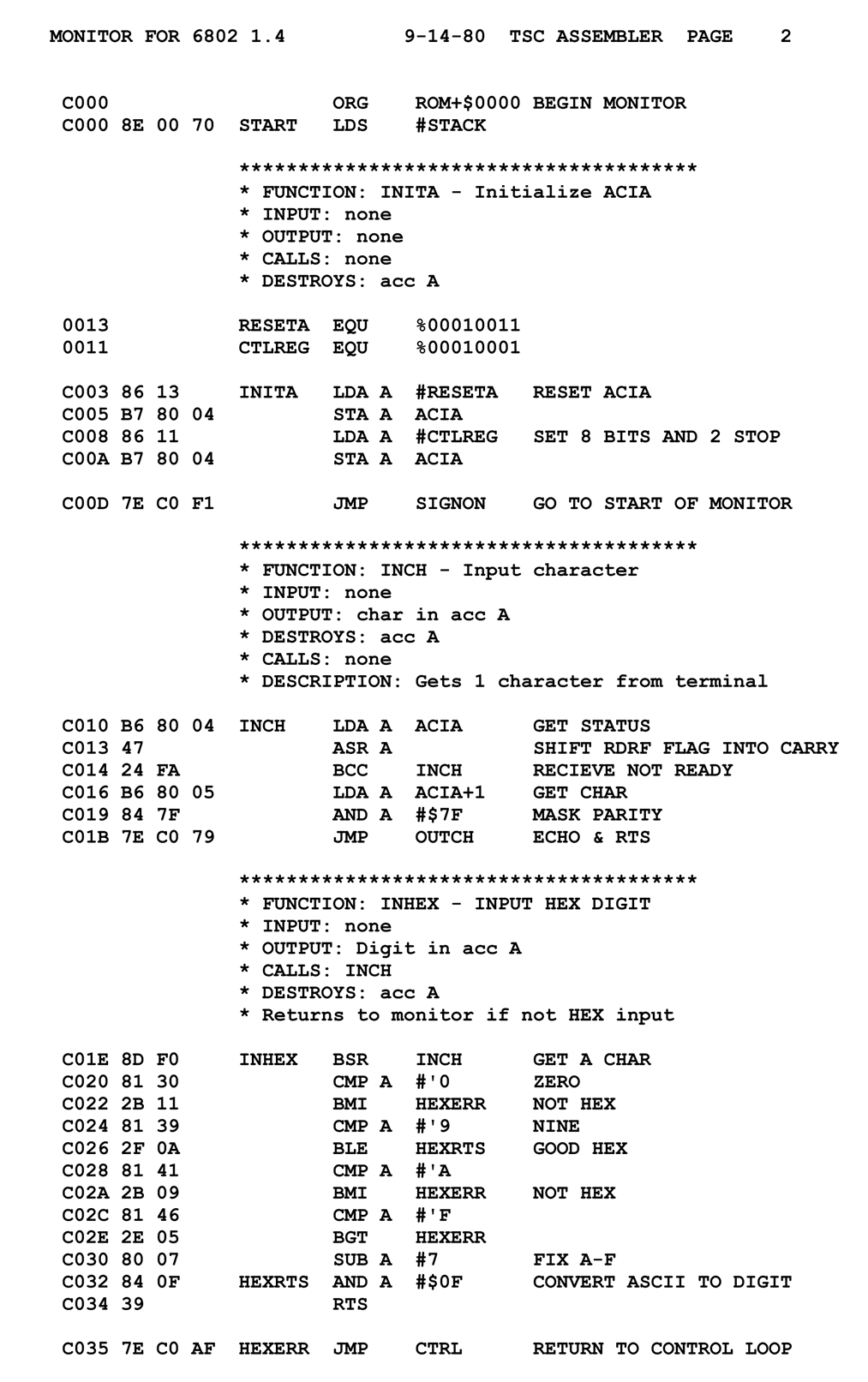Introduction to Malware Analysis
- Introduction to Malware Analysis
- Preliminary Analysis Techniques
- Environment for Malware Analysis
- Static Malware Analysis
- Dynamic Malware Analysis
- Understanding Malware Behaviour
- Reverse Engineering
- Advanced Static Analysis
- Advanced Dynamic Analysis
- Anti-Reverse Engineering
- Malware Attribution
- Malware Mitigation and Prevention
Advanced Static Analysis
Understanding Data Encodings in Malware Analysis

Any low-level programming language in which there is a very strong correspondence between the instructions in the language and the architecture's machine code instructions.
Data encoding is a critical aspect of malware analysis. It refers to the process of converting data from one form to another. Malware often uses various data encoding schemes to hide its true intentions, making it harder for analysts to understand what the malware is doing. This article will provide a comprehensive understanding of how data is represented and encoded in assembly, common data encoding schemes used by malware, and how to decode and interpret encoded data.
Representation and Encoding of Data in Assembly
In assembly language, data is represented in binary form. However, to make it easier for humans to read and write, this binary data is often represented in other forms, such as hexadecimal or ASCII. For example, the ASCII character 'A' is represented in binary as '01000001', but in assembly, it would typically be written as '41' (in hexadecimal) or 'A' (in ASCII).
Common Data Encoding Schemes Used by Malware
Malware often uses various data encoding schemes to obfuscate its code and data. Some of the most common encoding schemes used by malware include:
-
Base64 Encoding: This is a binary-to-text encoding scheme that represents binary data in an ASCII string format. It's often used by malware to hide malicious payloads or to obfuscate command and control communications.
-
Hexadecimal Encoding: This is a binary-to-text encoding scheme that represents binary data in hexadecimal form. It's often used by malware to obfuscate code or data.
-
Unicode Encoding: This is a binary-to-text encoding scheme that represents binary data in Unicode form. It's often used by malware to bypass security controls that only look for ASCII strings.
Decoding and Interpreting Encoded Data
To understand what a piece of malware is doing, analysts often need to decode and interpret the encoded data. This typically involves converting the encoded data back into its original binary form, and then interpreting that binary data in the context of the malware's code.
For example, if a piece of malware is using Base64 encoding to hide a malicious payload, an analyst would first need to decode the Base64 string back into binary, and then interpret that binary data as a malicious payload.
In conclusion, understanding data encodings is a crucial aspect of malware analysis. By being able to recognize and decode common encoding schemes, analysts can gain a deeper understanding of what a piece of malware is doing, and how it's doing it.